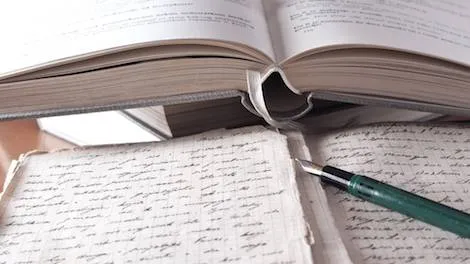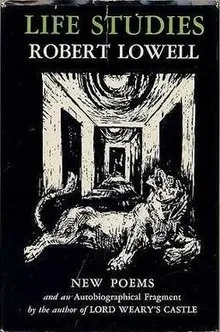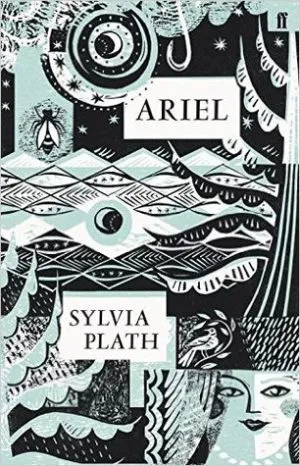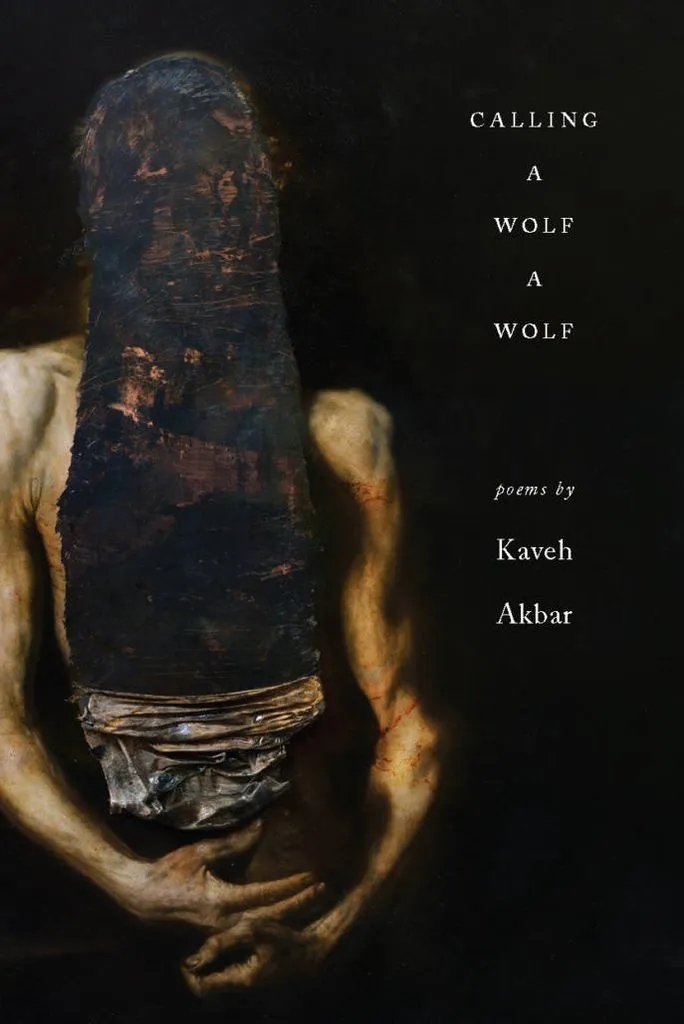
A Beginner’s Guide to Confessional Poetry
This content contains affiliate links. When you buy through these links, we may earn an affiliate commission.
What Is Confessional Poetry?
A quick and dirty definition: confessional poetry is poetry focused on the “I.” It deals with transgressive subjects, subjects “polite society” would rather sweep under the rug. It is raw, fearless, emotive, and unflinching. Or, as Robert Lowell put it in his National Book Award acceptance speech: it is “huge blood-dripping gobbets of unseasoned experience.” (1)A Brief History
M.L. Rosenthal coined the term “confessional poetry” in a review of Robert Lowell’s Life Studies. And thus a movement was born. Sort of. Robert Lowell, W.D. Snodgrass, Sylvia Plath, and Anne Sexton are the four poets most often cited as “confessional.” However, it was, and still is, a controversial title. The form is often criticized for being self-indulgent. Even Snodgrass, arguably the first confessional poet, dislikes the term “intensely.” (2) Poet and novelist Lavinia Greenlaw says, “No one wants to be called a confessional poet…It suggests all you do is blurt your feelings. [But] To work explicitly with the self requires extraordinary judgement, detachment and control.” (3) These poets aren’t simply wailing into the void. They are still working within the constraints of poetry. Imagine a doctor describing a wound, brutal but precise. In the 21st century—when seemingly everyone has an Instagram, Facebook, and Tumblr where they often reveal the raw, personal details of everyday lives—it can be difficult to see confessionalism as a movement. So much poetry can be seen as confessional. It’s helpful to understand that prior to the 1950s, poetry was dominated by modernists—who emphasized impersonality and objectivity. Confessionalism was, in part, a response to this. Also, the 1950s saw a growth in American psychology (4). I’d argue people were expressing their intimate feelings much more freely partially due to this increase in psychotherapy. Both Snodgrass and Sexton were influenced by their therapists. Confessional poets wrote about then-taboo subjects such as mental illness, familial drama, suicide, and sexuality. But it’s not simply a matter of subject. Confessional poets are “unflinching and generally extreme in their diction and address” (5) A confessional poem centers on the self and doesn’t pull punches. It’s a metaphorical bloodletting. The poetry lays out any so-called shame without apology.Classics of the Genre
 Robert Lowell‘s Life Studies was the first book referred to as “confessional” poetry. His poems “Waking in the Blue” and “Home After Three Months Away” both deal with issues of mental illness. The former takes place in a mental hospital, presumably McLean Hospital where he was treated for manic depression. The latter takes place after his release and return home.
W.D. Snodgrass, who claims he was writing personal poems before his teacher Lowell (2), published a book called Heart’s Needle the same year as Life Studies. Many of the poems in this first collection are for his daughter, separated from him due to a divorce six years earlier. The titular poem, “Heart’s Needle,” is long, but worth the read.
Anne Sexton, like her fellow confessional poets, studied with Robert Lowell. She also suffered from mental illness, and her therapist encouraged her to write poetry. Her poem “Wanting to Die,” from the collection Live or Die is an intense and heartbreaking look inside a suicidal mind. For those who may find that a difficult read, “You, Dr. Martin,” from her first collection To Bedlam and Part Way Back, is another example of Sexton’s confessional writing, and takes place in a mental hospital.
Robert Lowell‘s Life Studies was the first book referred to as “confessional” poetry. His poems “Waking in the Blue” and “Home After Three Months Away” both deal with issues of mental illness. The former takes place in a mental hospital, presumably McLean Hospital where he was treated for manic depression. The latter takes place after his release and return home.
W.D. Snodgrass, who claims he was writing personal poems before his teacher Lowell (2), published a book called Heart’s Needle the same year as Life Studies. Many of the poems in this first collection are for his daughter, separated from him due to a divorce six years earlier. The titular poem, “Heart’s Needle,” is long, but worth the read.
Anne Sexton, like her fellow confessional poets, studied with Robert Lowell. She also suffered from mental illness, and her therapist encouraged her to write poetry. Her poem “Wanting to Die,” from the collection Live or Die is an intense and heartbreaking look inside a suicidal mind. For those who may find that a difficult read, “You, Dr. Martin,” from her first collection To Bedlam and Part Way Back, is another example of Sexton’s confessional writing, and takes place in a mental hospital.
 Of the poets in this group, Sylvia Plath is probably the most widely known. And she’s one of my favorites. Her poetry is both tightly controlled and full of rage. Two of her most famous poems, “Daddy” and “Lady Lazarus,” are also excellent examples of confessional poetry, dealing with the death of her father and suicide attempts respectively.
Of the poets in this group, Sylvia Plath is probably the most widely known. And she’s one of my favorites. Her poetry is both tightly controlled and full of rage. Two of her most famous poems, “Daddy” and “Lady Lazarus,” are also excellent examples of confessional poetry, dealing with the death of her father and suicide attempts respectively.














